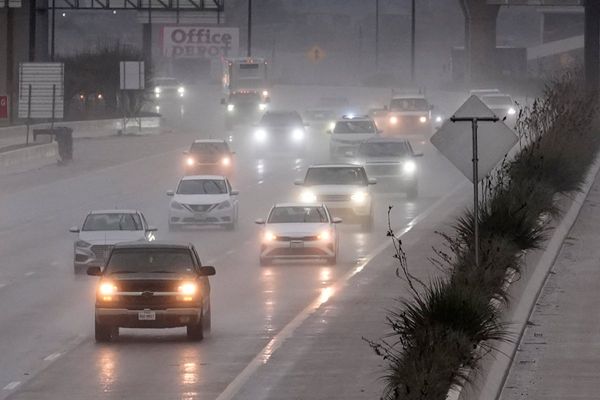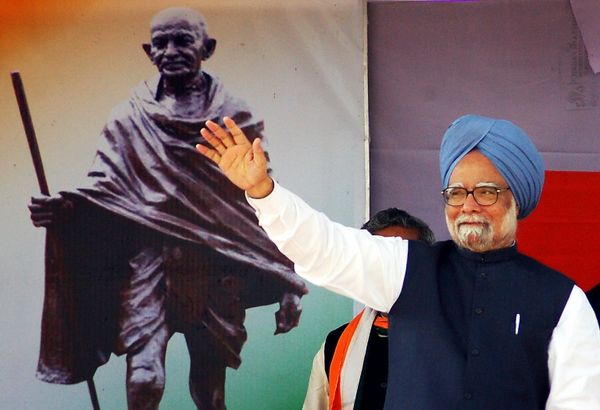
Here’s the news about the news: for Australia, things could be worse. Globally, things already are. Looks like we’re back to the pre-COVID trends — with our audience heading down in interest, trust and consumption.
The all-too-brief COVID-driven bump has gone bust, according to the Reuters Institute of Journalism’s annual digital news report based on its survey of about 2000 news consumers in 46 countries, including Australia.
Worse, it looks like the bigger the news — the more overwhelming it seems — the greater the tendency to look the other way. A survey of five countries in the wake of the Russian invasion of Ukraine finds that even news consumers are actively trying to avoid news. The trend is particularly apparent in Poland, which borders Ukraine, and Germany.
As a counter, there’s a more-the-more trend, too: plenty of people can’t get enough news about the war.
The bug has passed
In Australia, the downward trends are similar, but we’re working off a lower base. The local report prepared by the University of Canberra says: “Following a peak in news consumption in the early months of the COVID-19 pandemic, news consumption returned to the longer-term trend. Since last year the proportion using news more than once a day remained about the same (52%), maintaining the position as one of the lightest news consumers globally.”
There’s a shift underneath that surface stability, with more women reading or watching more news. The report doesn’t speculate why, but perhaps it reflects the increased emphasis on women in politics in Australia over the past year.
There’s good news for the news industry: revenue from readers as subscriptions and other contributions is up, with about 18% of people saying they’ve paid for online news over the past 12 months. There’s some beginning of diversity here, too. Although the old players dominate — 61% to one or more News Corp mastheads, 44% to a Nine masthead — 36% say they subscribe to one of the new digital voices, such as Crikey, The Saturday Paper or The Guardian.
As ever, the public broadcasters remain the most-trusted news brands (66% for the ABC, 65% for SBS), although in a sign that News Corp’s relentless campaign against the ABC is starting to hurt, distrust in the ABC has increased to 17%.
Trust works in a funny way. The more you read (think heavy users, like most Crikey readers) and the more you’re interested in the news, the more you trust what you read, particularly in what you think of as “your” media.
You read it where?
Still, trust is down among the News Corp mastheads, with The Daily Telegraph (41% trusted) and The Herald-Sun (43%) at the bottom of the table of brands ranked in the report.
For Crikey, the report reckons we’ve got the most left-identifying of audiences (although about one in eight Crikey readers are right-identifying). Left-leaning audiences have the highest trust in the media they choose. Sky News, unsurprisingly, holds its lock on the most right-wing audience.
There’s bad news in the report for the journalist-as-brand boosters: three-quarters of those surveyed couldn’t name a single journalist. Highest recall? The ABC’s Laura Tingle, at 10%. Good news for Sky’s passion play: the next four are all part of their after-dark crowd: Peta Credlin, Paul Murray, Andrew Bolt and Rita Panahi.
News Corp’s dominance also shapes how people think about media, with Australian audiences sceptical about how decisions are made in newsrooms. The report says: “Almost half of Australians believe news organisations in Australia put their political views (42%) and commercial interests (47%) ahead of what is best for society.”
There’s a caution in the report, too, for The Sydney Morning Herald in its current brouhaha over celebrity gossip. Asked what subjects interest them, Australians say they are most interested in local affairs (67%), international news (56%) and COVID-19 (51%). Celebrity gossip ranks down the bottom, at 26%.
It’s gendered, says the report. “Women are more interested than men in news about their local community, mental health and wellness, lifestyle, entertainment, crime and personal security, environment and social justice. Men are more interested in international, political, business, sport and science/technology news.”
Might be a few ideas in all that for an urgent masthead pivot over at Nine.







